Introduction
Gliwice is a historic city located in southern Poland, within the Silesian region, known for its rich industrial heritage, vibrant culture, and beautiful natural landscapes. With a history dating back to the 13th century, Gliwice has evolved from a medieval settlement to a modern urban center that blends tradition and innovation. The city played a significant role during the Industrial Revolution, becoming a hub for coal mining, steel production, and engineering, which has left a lasting imprint on its architecture and culture. Today, Gliwice is a dynamic city that offers a variety of experiences, from its impressive historical landmarks like the Gliwice Radio Tower, one of the tallest wooden structures in the world, to its picturesque green spaces such as Gliwice Forest and Paprocany Lake. The city is also home to a thriving cultural scene, with numerous museums, theaters, and festivals celebrating the rich Silesian heritage.
Cycling Along the Gliwice Canal
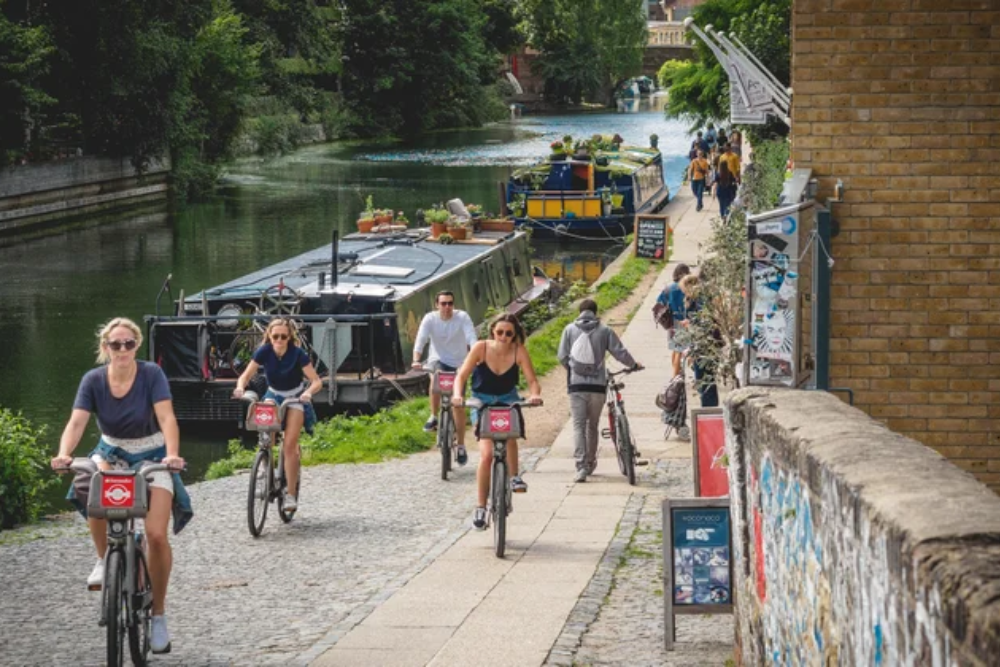
The Gliwice Canal is a scenic waterway that runs through the city and offers great opportunities for cycling and walking. The canal is surrounded by nature, making it perfect for outdoor activities like cycling and jogging. Rent a bike and explore the peaceful landscapes along the water, passing through charming areas and green spaces.
Kayaking on the Kłodnica River

If you’re a fan of water sports, kayaking on the Kłodnica River is a great way to experience Gliwice’s natural beauty from a different perspective. The river runs through the city and offers a peaceful yet adventurous activity. It’s ideal for beginners and those looking for a relaxing yet adventurous outing in nature.
Hiking in the Gliwice Forest
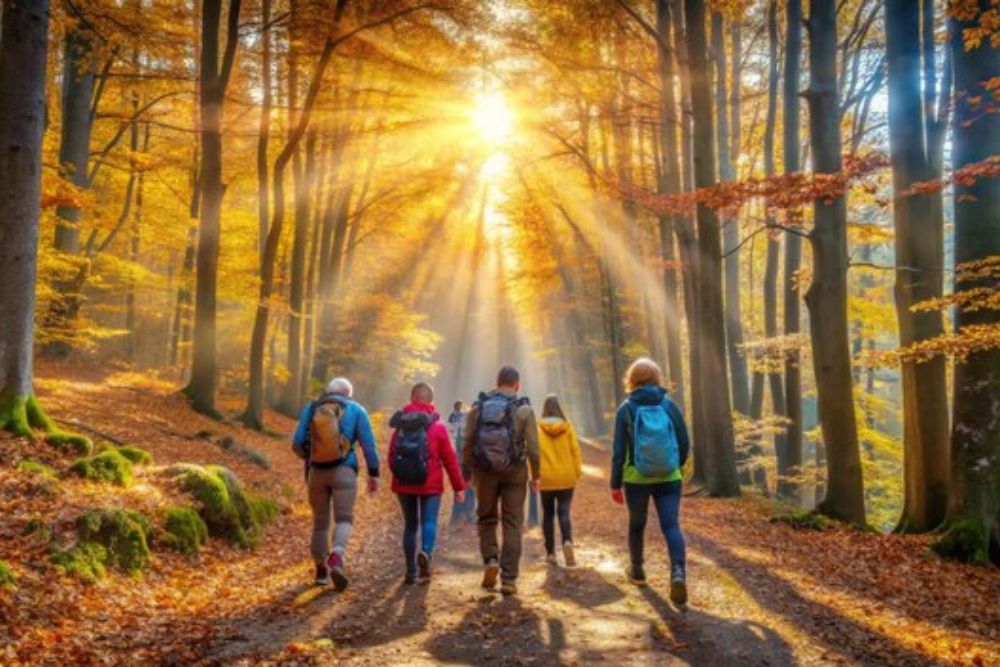
For nature lovers, the Gliwice Forest (Las Gliwicki) is an excellent place to hike. The forest offers various trails for all levels, and it’s a peaceful spot for birdwatching, picnicking, or simply enjoying the fresh air. With its dense trees and tranquil surroundings, it’s an ideal escape from the hustle and bustle of the city.
Rock Climbing at the Gliwice Climbing Wall

Gliwice Climbing Wall (Ścianka Wspinaczkowa) is a popular indoor climbing facility offering both beginner and advanced climbing routes. It’s an ideal spot for those who enjoy physical challenges and want to test their climbing skills. The wall is well-maintained, and the center also offers climbing lessons for beginners.
Visit the Gliwice Ferris Wheel
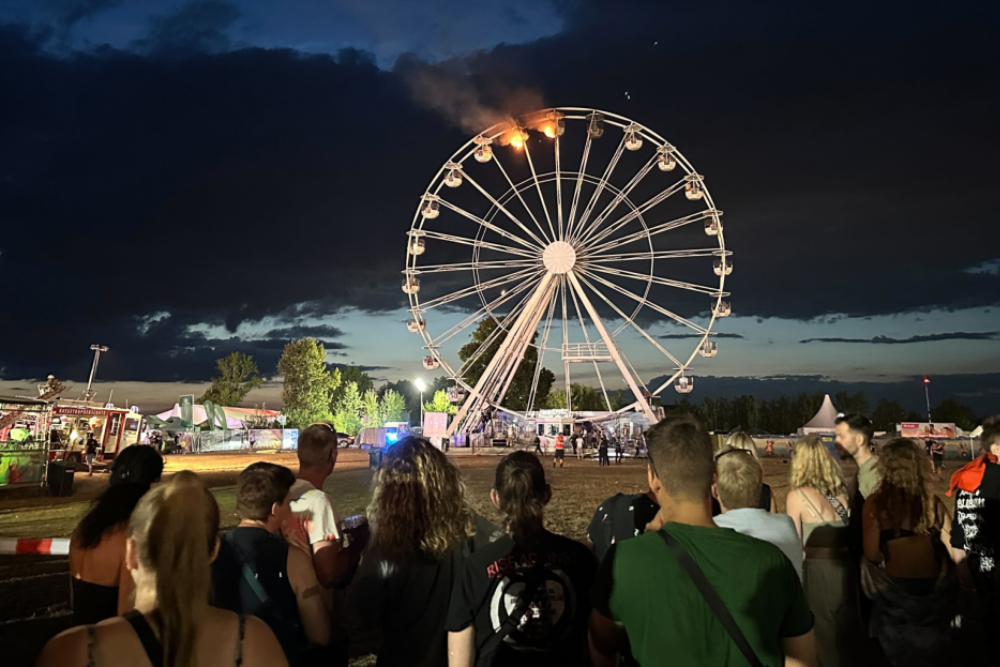
For a mix of adventure and amazing views, take a ride on the Gliwice Ferris Wheel, located in the city center. From the top, you can get panoramic views of Gliwice and the surrounding areas. It’s a thrilling way to see the city from a different perspective, especially during sunset or at night when the city lights shine brightly.
The Gliwice Radio Tower

The Gliwice Radio Tower is one of the city’s most iconic landmarks. Standing at 111 meters tall, this wooden tower was built in 1935 and was once part of the first radio transmission tower in Poland. Visitors can climb the tower for stunning views of the city and learn about its history and significance in the development of radio broadcasting.
Piast Castle (Zamek Piastowski)
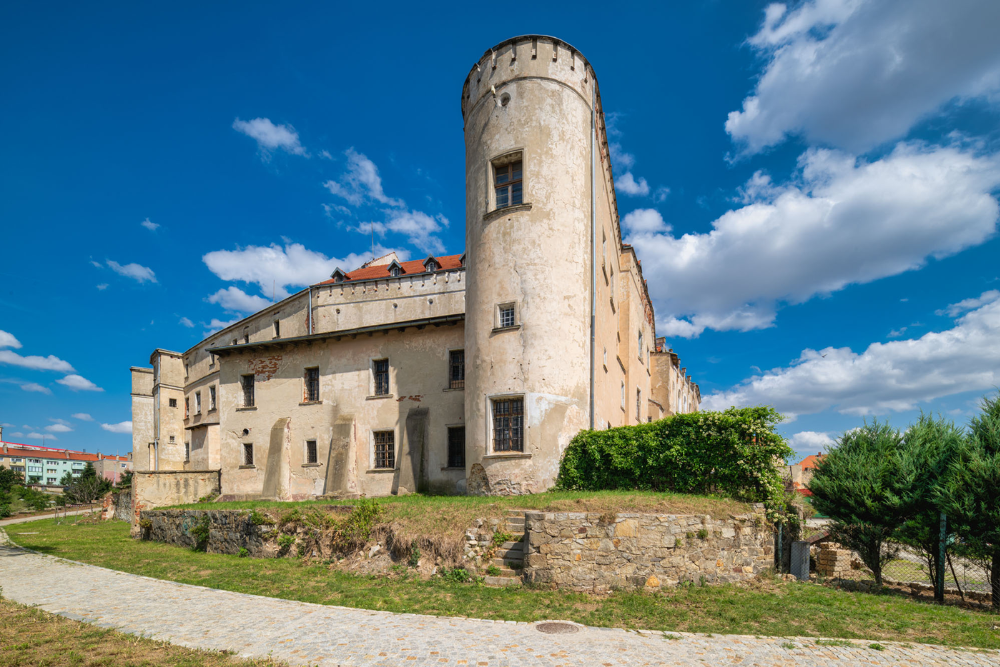
The Piast Castle is a historic monument dating back to the 13th century. This medieval castle is located near the city center and houses a museum that showcases the history of Gliwice and the region. The castle’s architecture and surrounding grounds provide a glimpse into the past, making it a must-visit for history buffs and those interested in medieval architecture.
Gliwice Old Town (Stare Miasto)
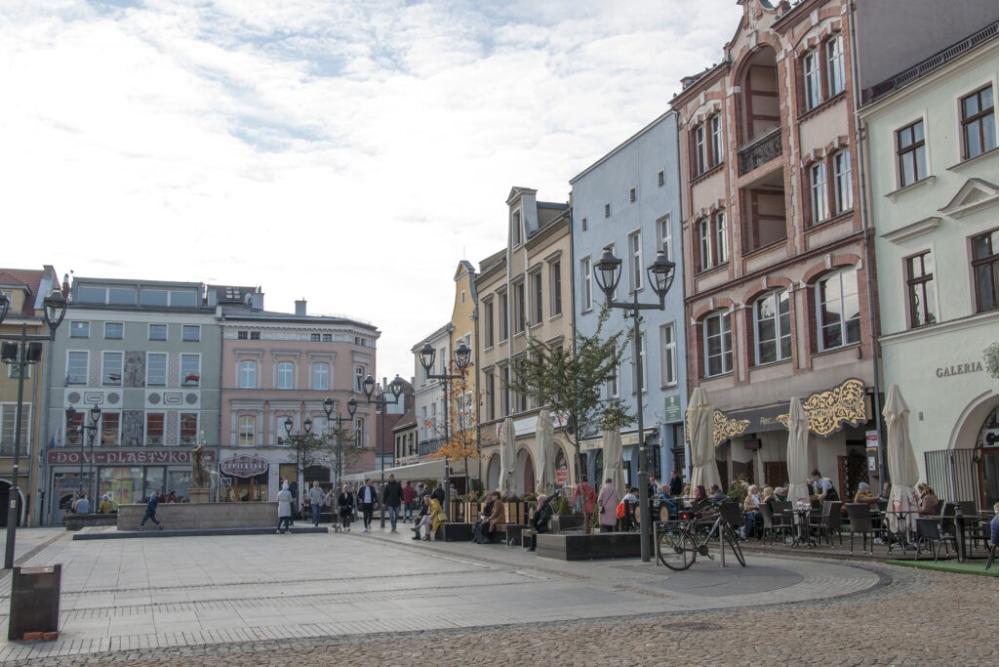
The Old Town of Gliwice is a charming area full of historic buildings, cobblestone streets, and vibrant cafes. Key landmarks include the Town Hall and the St. Bartholomew’s Church, both of which offer a peek into the city’s rich history. The Old Town is perfect for a leisurely walk, shopping, and enjoying the local atmosphere.
The Silesian Museum of Technology
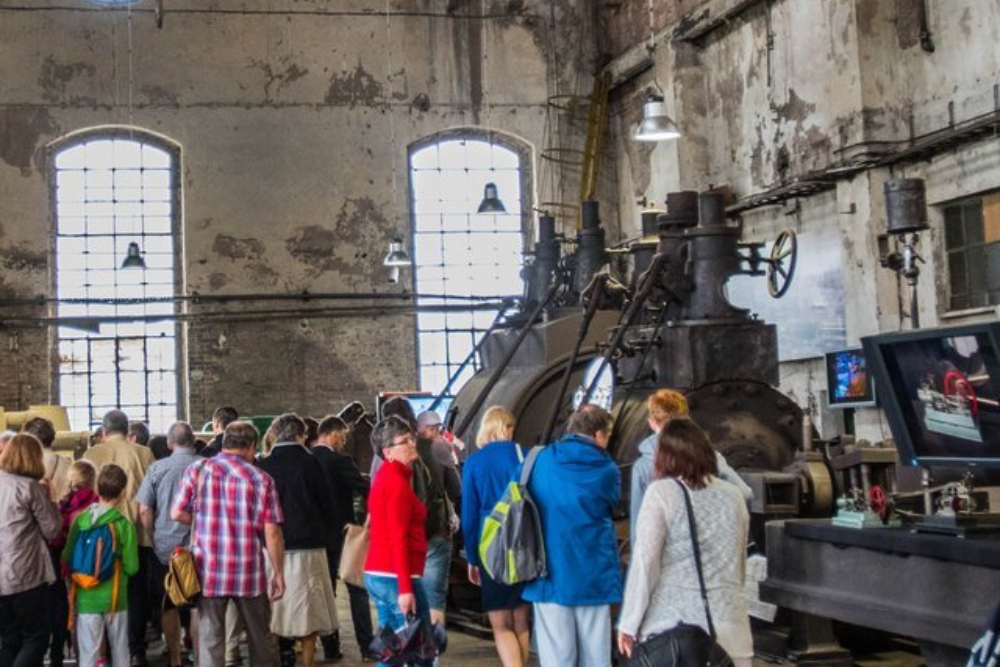
The Silesian Museum of Technology in Gliwice is a fascinating place for those interested in science and industry. It showcases the city’s industrial past, including exhibits on machinery, railroads, and the development of telecommunications. The museum also features a collection of vintage cars, trains, and engines, making it an exciting visit for tech and history enthusiasts.
Botanical Garden of the Silesian University of Technology

Located on the outskirts of Gliwice, the Botanical Garden of the Silesian University of Technology is a peaceful green space that’s perfect for a relaxing stroll. The garden features a variety of plant species, both native and exotic, and is a great place for nature lovers to unwind. It’s also an excellent spot for photography or simply enjoying the outdoors.
Dos and don’ts in Gliwice
Dos
- Do Try Local Cuisine
- Gliwice, like the rest of the Silesian region, is known for its hearty traditional dishes. Be sure to try local specialties such as rolada śląska (Silesian roulade), kluski śląskie (Silesian dumplings), and zupa chrzanowa (horseradish soup). Local restaurants offer delicious and authentic dishes that will give you a taste of the region’s culinary traditions.
- Do Respect Historical Sites
- Gliwice is home to many historical landmarks, including the Gliwice Radio Tower and the Piast Castle. While exploring these sites, be sure to respect the rules, such as not touching exhibits in museums or climbing on historical structures unless permitted.
- Do Use Public Transport
- Gliwice has a well-developed public transport system, including trams and buses. It’s an efficient and affordable way to get around the city. Be sure to buy tickets in advance or validate them upon boarding to avoid fines.
Don’ts
- Don’t Discuss Sensitive Topics
- Like many countries, Poland has sensitive topics related to history, politics, and religion. It’s best to avoid discussing controversial subjects unless you are certain the person you’re talking to is comfortable with the conversation. Respect personal boundaries in these areas.
- Don’t Expect Everyone to Speak English Fluently
- While many people in Gliwice, especially in tourist areas, understand basic English, not everyone speaks it fluently. It’s helpful to learn a few basic Polish phrases, like “Dziękuję” (Thank you) or “Proszę” (Please), to show respect for the local culture.
- Don’t Litter
- Poland takes pride in maintaining clean streets and public spaces. Be mindful of where you dispose of your trash and always use designated bins. Littering is frowned upon and can result in fines.
Best time to reach in Gliwice
The best time to visit Gliwice depends on what you want to experience during your trip. Each season offers unique opportunities, whether you’re looking for outdoor activities, cultural events, or enjoying the city’s historical sites. Here’s a breakdown of the best times to visit Gliwice:
1. Spring (April to June)
- Spring in Gliwice is mild and pleasant, with temperatures ranging from 10°C to 20°C (50°F to 68°F).
- This is a great time for outdoor activities like walking, cycling, and hiking in nearby parks and forests, as the city and surrounding nature come to life with flowers and greenery.
- The weather is comfortable, and the city’s parks and green spaces, such as Gliwice Forest and Paprocany Lake, are particularly beautiful. It’s also a less crowded time, allowing you to explore the city at your own pace while enjoying cultural events that start to pick up in spring.
2. Summer (June to August)
- Summer in Gliwice can be warm, with temperatures typically ranging from 20°C to 30°C (68°F to 86°F).
- The city is lively during this time, with festivals, outdoor events, and long sunny days perfect for sightseeing and outdoor recreation.
- If you enjoy a bustling atmosphere and outdoor festivals, summer is the best time. You can enjoy events like concerts, cultural festivals, and visits to local outdoor attractions like the Gliwice Radio Tower or Kłodnica River for water sports.
3. Autumn (September to October)
- Autumn offers cooler temperatures, typically between 10°C and 20°C (50°F to 68°F), and the changing foliage creates stunning landscapes.
- The weather is comfortable for outdoor activities, and there’s a crispness in the air that adds to the charm of exploring the city.
- Autumn is a great time to visit if you prefer mild weather and fewer tourists. The autumn colors in places like Gliwice Forest and Paprocany Lake provide beautiful backdrops for photography. Additionally, cultural events and harvest festivals make the season lively and enjoyable for visitors.
4. Winter (November to March)
- Winter in Gliwice is cold, with temperatures often dipping below 0°C (32°F). Snow is common from December to February, and while it can be chilly, the city takes on a picturesque, snowy atmosphere. Winter is a quieter season in terms of tourism.
- Winter is ideal for those who enjoy winter sports or festive activities. While Gliwice itself isn’t known for skiing, the nearby mountains offer skiing and snowboarding opportunities.
- The winter months also see Christmas markets and events that create a cozy, holiday atmosphere. Be sure to bundle up if you plan to explore the city during this time.












